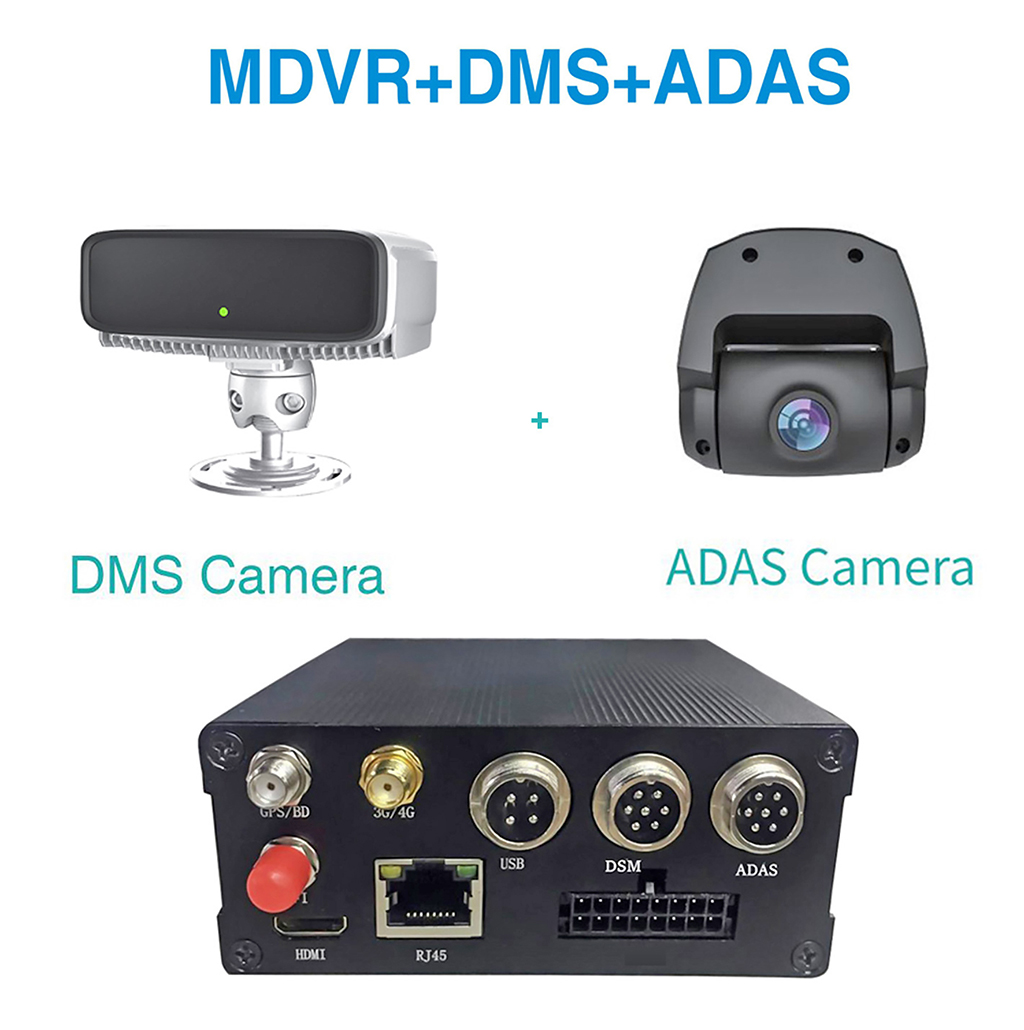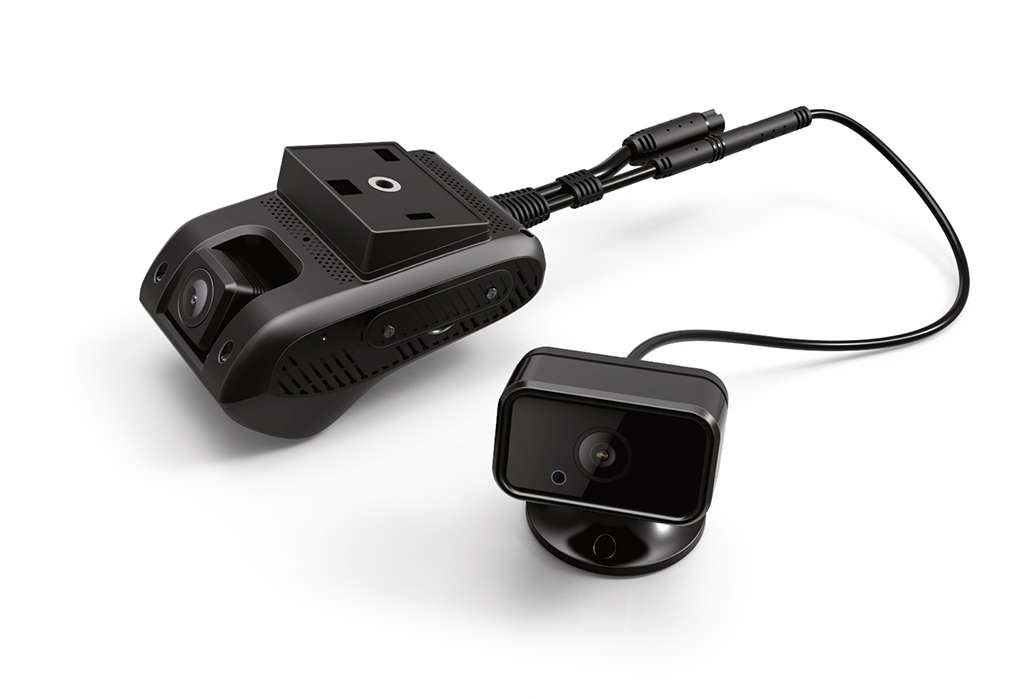
The tagline of Safe Cams encapsulates what the company provides – ‘your digital eye on the road’. In this exclusive interview, Vanesh Naidoo, Founder and CEO, Safe Cams, explains to Rajesh Rajgor why the tagline is not just a marketing phrase for the Pune-based start-up but a promise that provides road users with a new vehicle safety order that helps optimise fleet utilisation

It was in 2018 and a close encounter with an accident in India that made Vanesh Naidoo, Founder and CEO, Safe Cams, look at ‘dash cameras’ and address the gap existing in the market in India. He elaborates: “Dash cameras work for your vehicle in the same way that CCTV does for most premises, providing vital video evidence of any incidents. We believe that by raising awareness about the number of traffic accidents that occur on a daily basis, we will be able to help reduce those alarming accident figures on Indian roads. If motorists are equipped with dash cameras, we will have more dash camera videos to analyse. These videos will help us understand what causes major accidents and how to avoid them.”
Vanesh is not wrong about the accidents that Indian roads witness on a daily basis. A World Bank Report of 2020 states that India accounts for 11% of the global road accident victims despite having only 1 per cent of the world’s vehicles. Union Road Transport and Highways Minister Nitin Gadkari has acknowledged the menace and said, “It is a sordid state of affairs that Indian roads witness about 415 deaths per day in road accidents, the highest in the world, and losses amount to 3.14% of the GDP.” It equates to one person dying every four minutes on our roads! The total road deaths in India in 2019 amounted to 1.51 lakhs – higher than the pandemic-related deaths seen in 2020 which amounted to 1.49 lakhs. With India’s high accident rates and an increase in road rage incidents, the dash camera serves as an effective safety and security solution.
To help reduce accidents, Safe Cams has developed a driver state monitor (DSM) and advanced driver assistance system (ADAS). “DSM cameras use advanced artificial intelligence (AI) algorithms to monitor a driver’s face and gestures to ensure that the driver is not dosing off, smoking, texting or otherwise distracted from looking ahead. Because drowsy driving causes nearly 40% of all accidents, this invention has the potential to save many lives on the road. ADAS forward collision warning systems will warn the driver of a potential collision with a slower moving or stationary vehicle in front of them. As cameras and AI become more advanced, they will help warn drivers of potential hazards and prevent accidents because these camera systems never sleep or become distracted,” informs Vanesh.
Bridging the Gap
It took Vanesh and his team six months to perfect the dash camera for Indian road conditions. They had to examine the degree to which the camera covers the road area, lenses and video processes and output used. “The amount of wide video coverage provided by dash cameras varies. We must also consider different low-light sensors, video processes and their compatibility. Finally, we concluded that a dash camera with a 170-degree angle should suffice. If someone hits on the sides, the smaller angles than 170 degrees do not capture it. We also looked at Novatech providing the best value for money because we recognised India’s cost-conscious market,” Vanesh elaborates.

“There was no point in promoting a 4K definition camera that could cost more than Rs 20,000. We decided that 1,080 P at 30 frames per second should be the minimum requirement. As a result, the Novatech chip sets aided us in this endeavour. Then, when it came to low-light sensors, we found that OmniVision and Sony were the two best in the market,” he adds.
Thorough testing of these products was also an important factor before releasing them commercially. Safe Cams validated their products in vehicles in Kuwait before introducing them to Indian customers. “We started testing our DSMs out in Kuwait and it actually worked out quite well for us because Kuwait has very hot conditions,” Vanesh explains.
“Furthermore, many of the drivers who work in Kuwait have South Asian roots. We are pleased that our devices were tested in harsh conditions. Hyundai purchased our cameras and they have tested our devices for thousands of kilometres. On the warranty front, we can provide a three-year extended warranty,” he adds. The majority of the product parts are imported and assembled in India at the company’s Pune premise. From the lens to the accelerometer, as well as some electronic components with silicone chip sets, everything is imported from Taiwan, Hong Kong or Japan. Some of the other components such as wiring are available from local suppliers. “As a result, we are actively seeking local candidates. The majority of our dash cams are assembled in India and our Y series is completely assembled in India. Only a few higher-end items and more intricate components are manufactured outside India and imported,” Vanesh reveals.
Optimising Fleet Utilisation
Today, Safe Cams sells a wide range of dash cameras in India, all of which include an accelerometer sensor. This sensor can detect if a vehicle driver is accelerating or braking too quickly. To save fuel, harsh acceleration and braking should be avoided. The cameras from Safe Cams can send data from the accelerometer to the company’s cloud platform, where it can be analysed to determine how different drivers behave. Following that, the software can rank drivers based on this analysis. Lower-ranking drivers can be taught how to drive better and save money on fuel.

Vanesh opines: “Domestic fuel prices in India, as you are probably aware, are skyrocketing and have reached all-time highs in recent months. With petrol prices crossing the Rs 100 mark and diesel prices crossing the Rs 90 mark in many parts of the country, vehicle owners and fleet owners are likely to bear the brunt of the unprecedented fuel price hike. In light of this, we have developed a solution for the growing concern of fleet owners in India about the burden of rising fuel prices. Our dash cameras include an accelerometer sensor. This sensor can detect if a vehicle driver is accelerating or braking too quickly. By adapting Safe Cams’ technology and using it to teach good driving habits to drivers, it is possible to reduce fuel bills of a truck or commercial vehicle by 10-20%, resulting in savings running into lakhs of rupees for fleet owners over a few months.”
If the operator is willing to spend a little more money, Safe Cams can even install a fuel sensor in the fuel tank, which can be linked to their DSM device. This will enable the fleet to have an accurate fuel reading. As a result, any fuel theft or similar activity can be detected immediately. This can help operators work on their fuel averages who usually have a lot of same vehicles. “We have got this situation where the fleets are constantly on the move. So, they were able to calculate an average fuel cost for these vehicles across their fleet and identify outliers. Based on those outliers, they were able to focus on how the vehicles faltering on average will perform well,” Vanesh informs. Customers can choose to purchase a subscription to Safe Cams’ cloud service in addition to the product in order to access the data.
“Customers do spend money on the cloud if they want to know where their service technicians are. We give them the APIs so they can get the GPS data and use it in another app. We have an Android and iOS app as well as Windows and web browsers and so the customer can view it from his phone. As a result, we have made it very easy for customers to access data from a laptop or mobile device and monitor the entire fleet,” Vanesh claims. Safe Cams is in discussion with OEMs and a number of public transportation companies about their devices and services. “If the deal goes through as planned, we would like to serve 4,000-5,000 vehicles and can only grow from there,” he points out.